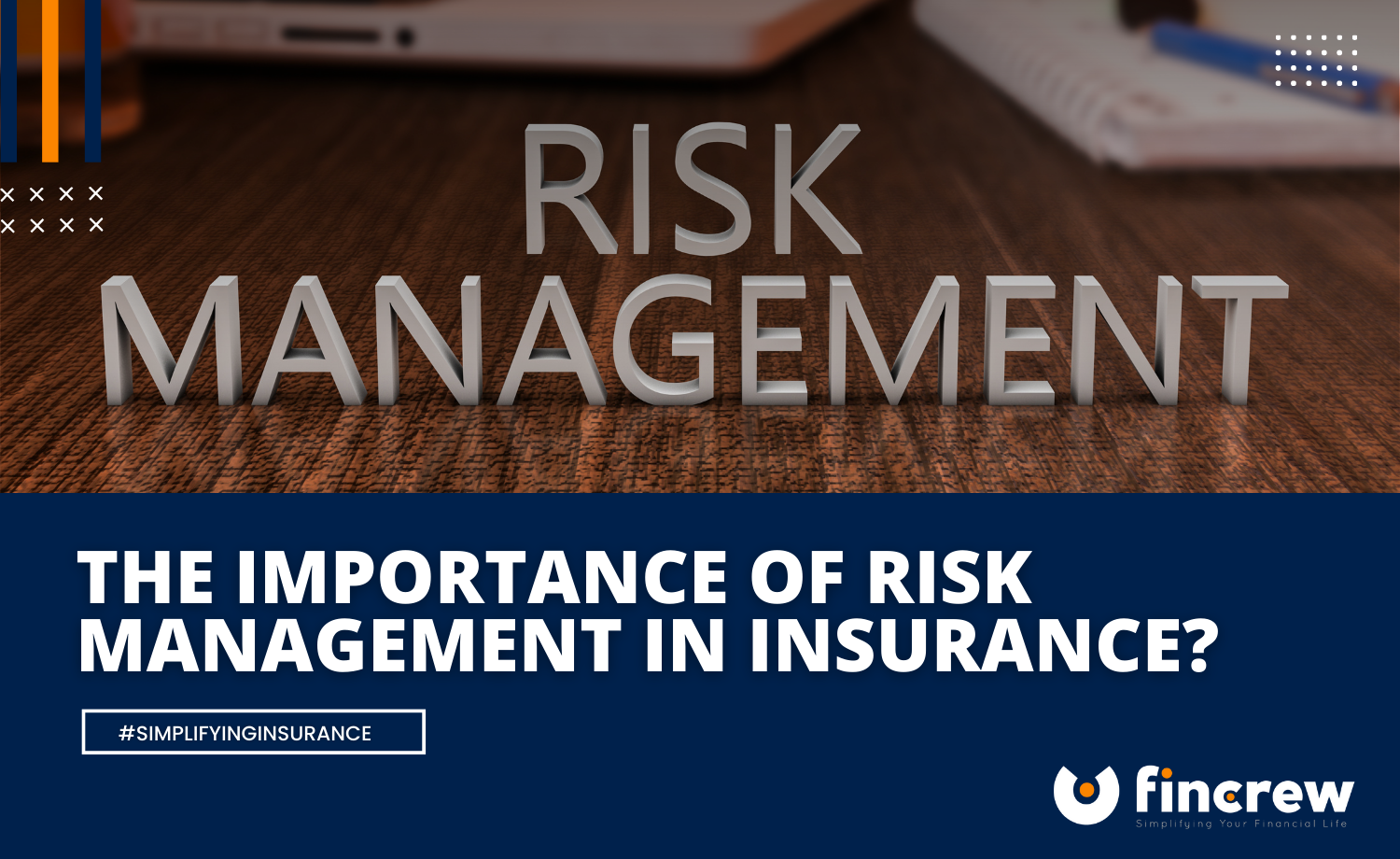The Wide-Spread Importance of Risk Management in International Supply Chains
The Wide-Spread Importance of Risk Management in International Supply Chains
Blog Article
The Significance of Understanding the Relevance of Risk Management in Various Industries

The Core Idea of Risk Management and Its Function
Risk Management, the foundation of lots of markets, pivots on the recognition, examination, and mitigation of uncertainties in a company setting. By correctly identifying possible dangers, businesses can create strategies to either protect against these dangers from occurring or minimize their impact. Once dangers have actually been recognized and evaluated, the mitigation process includes creating techniques to reduce their prospective impact.
Advantages of Executing Risk Management in Company Procedures

Revealing the Duty of Risk Management in Different Industries
While every industry faces its unique set of threats, the implementation of Risk Management strategies stays a common measure in their search of sustainability and development. In the health care sector, Risk Management entails ensuring person safety and data protection, while in financing, it includes mitigating investment threats and ensuring governing conformity (importance of risk management). Building and construction companies concentrate on worker safety and security, project delays, and spending plan overruns. In the innovation industry, firms mitigate cybersecurity threats and technology obsolescence. Eventually, the role of Risk Management across sectors is to recognize, analyze, and reduce threats. It is a crucial component of tactical planning, making it possible for companies to protect their assets, maximize opportunities, and achieve their purposes.
Real-life Situation Studies Showing Successful Risk Management
To understand the value of Risk Management in these many industries, one can want to several real-life instances that highlight the successful application of these measures. In the energy market, British Oil created Risk reduction plans post the 2010 Gulf of Mexico oil spill. They carried out better safety visit this site procedures and stricter guidelines which substantially decreased additional accidents. In money, Goldman Sachs successfully browsed the 2008 monetary crisis by recognizing potential mortgage-backed protections risks early. Last but not least, Toyota, publish the 2011 quake in Japan, modified its supply chain Management to minimize disruption threats. These situations show how markets, gaining from dilemmas, efficiently used Risk Management strategies to minimize future risks.
Future Patterns and Developments in Risk Management Methods
Cybersecurity, as soon as an outer problem, has catapulted to the forefront of Risk Management, with approaches concentrating on prevention, discovery, and response. The combination of ESG (Environmental, Social, Administration) aspects into Risk Management is another expanding trend, mirroring the boosting recognition of the duty that social and environmental risks play in organization sustainability. Thus, the future of Risk Management lies in the combination of innovative why not try this out innovation, cutting-edge techniques, and an all natural strategy.
Final thought
In conclusion, recognizing the value of Risk Management across a range of markets is vital for their long life and success. Tailored methods can help reduce possible threats, safeguard assets, and foster stakeholder depend on. In addition, proactive decision-making aids in regulative compliance and maximizes resource usage. Ultimately, successful Risk Management adds to extra lasting and resistant businesses, highlighting the value of this practice in today's highly competitive and vibrant organization setting.
While every sector confronts its unique collection of threats, the execution of Risk Management methods stays a typical denominator in their pursuit of sustainability and development. In the health care industry, Risk Management entails guaranteeing client safety and information security, while in financing, it involves mitigating financial investment threats and guaranteeing regulative compliance. Ultimately, the role of Risk Management throughout sectors is to identify, analyze, and alleviate risks. These instances demonstrate just how markets, learning from dilemmas, efficiently used Risk Management approaches to decrease future risks.

Report this page